Millions of people around the globe experience eczema, a chronic and often painful skin condition that leads to redness, inflammation, and relentless itching. While the causes are complex, and we cannot tell you how to heal eczema, we do want to talk about something that is alarmingly overlooked: the mounting evidence that the textiles we wear can dramatically impact our health, especially when dealing with compromised skin barriers.
Recent research conducted by Dr. Ian Myles, a leading expert on the skin microbiome and eczema, highlights that wearing common synthetic fabrics—such as polyester or spandex—exposes the skin and body to a slew of harmful and even toxic chemicals that disrupt the delicate balance of the skin’s microbiome (not to mention that many of these chemicals also enter our bloodstream). This disruption weakens the skin's protective barrier, making it more susceptible to irritation and eczema flare-ups.
The skin microbiome is a complex community of bacteria, fungi, and other microorganisms that live on the surface of our skin. This microbiome acts as a critical defense system, helping to protect the skin from harmful pathogens and environmental irritants. In people with eczema, the skin microbiome is often out of balance, making the skin more vulnerable to inflammation and infection. Dr. Ian Myles’ research reveals that certain synthetic fibers, especially those found in modern textiles like polyester, can alter the skin microbiome, contributing to further irritation. Synthetic fabrics can trap heat and moisture, creating an environment where the microbiome becomes imbalanced.
But in addition to being mindful of the fiber you wear, there is reason to be curious about the chemicals used to dye and treat your fabrics. Chemical treatments used in many textiles, including dyes, finishes, and softeners, can lead to long-term microbiome disruption and exacerbate eczema symptoms.
But there are safer alternatives. In this article we will share some of the things to be aware of when it comes to synthetic fibers, treatments, and dyes, but we will also offer some guidance for safer alternatives–from what is in your closet right now, to things to look for when bringing new items into your home.
What is the Best Textile for People with Compromised Skin Barriers?
Unfortunately, even “natural” fabrics like cotton, hemp, silk, and bamboo aren’t always as clean as we assume they should be. It’s not widely understood that most fabrics are dyed using petrochemical-based substances that leave residues in the fibers. These chemicals can irritate sensitive skin, particularly in people with a compromised skin barrier.
There are three key types of textile irritation that everyone should know about—especially if you are struggling with eczema:
1. Mechanical Irritation (Friction)
What It Is: Mechanical irritation happens when fabrics rub against the skin, causing friction. This can lead to inflammation, particularly in people with sensitive skin or eczema.
Best Practices: Choose soft, breathable fabrics like organic cotton, which reduces friction and allows airflow. Loose-fitting garments are ideal for minimizing irritation.
What to Avoid: Tight-fitting synthetics like polyester and spandex can trap heat and moisture, aggravating the skin. Even natural fibers like wool can be too abrasive for eczema-prone skin.
2. Chemical Irritation
What It Is: Chemical irritation results from residues left on fabrics from dyes, bleaches, or finishing agents. Many synthetic dyes are made from petrochemicals, which can cause allergic reactions or worsen skin conditions.
Best Practices: Opt for natural (ideally organic) fabrics that are Oeko-Tex certified or GOTS-certified organic, which limits the use of harmful chemicals. Even better, choose natural fiber, plant-dyed textiles, like those from AIZOME. There are a few companies currently trying to make textiles using gentler chemical treatments, often referred to as ‘nontoxic’. While these are NOT free from synthetic additives, they are accepted as significantly kinder to the skin. We’re quite partial to plants though, as we believe that it is better to use something without synthetics at all – something that our ancestors used medicinally for centuries – such as Indigo and madder. These two plants used in AIZOME’s dyes have been shown to have anti-inflammatory properties, supporting the skin’s healing process. And if you’re not in the market for new plant-dyed fabrics, dyeing a few favorites from your closet or a few natural-fiber second-hand pieces can be a great option, as a percentage of the chemicals used for manufacturing wash out with each wash.
What to Avoid: Be wary of synthetically dyed fabrics or fabrics that are marketed as "wrinkle-free" or "stain-resistant," as these treatments often involve chemical agents such as Azo dyes, Formaldehyde, or PFAS that linger on the fabric and irritate the skin.
3. Pathogenic Irritation (Microbes and Allergens)
What It Is: Pathogenic irritation occurs when bacteria or fungi thrive in moist environments created by non-breathable fabrics. This can lead to infections, particularly in eczema-prone skin, which is already vulnerable to inflammation.
Best Practices: Look for naturally breathable fabrics, such as organic cotton. Be wary of any textile that claims to have antibacterial properties, because unless those antibacterial properties come from plants, they are coming from an added chemical treatment that could negatively impact the skin.
What to Avoid: Fabrics treated with anti-microbial agents like nano-silver or triclosan can disrupt the skin’s microbiome and may even contribute to the rise of antibiotic-resistant bacteria. Stick with natural, untreated fibers to protect your skin.
Why the Skin Microbiome Matters in Textile Choices
Maintaining a healthy skin microbiome is crucial for individuals with eczema. As Dr. Ian Myles has highlighted, synthetic chemicals found in many textiles can disturb this delicate balance, leading to increased flare-ups. Plant dyes like indigo are gentler for the microbiome because the lack of synthetic chemicals helps to create a more harmonious environment that supports the body’s natural processes.
Textiles and Caring for Your Skin
Alright, so what can you do? Here are some tips to help you choose textiles that support your skin health:
- Choose Soft, Breathable Fabrics: Loose-fitting garments made from organic cotton are ideal for sensitive skin. These fabrics allow airflow, reducing heat and moisture build-up, which can exacerbate eczema.
- Be Cautious of Chemical Residues: Even natural fabrics can be treated with synthetic dyes, bleaches, or softeners. Washing new clothes before wearing them can help reduce chemical exposure.
- Use Gentle Detergents: Harsh laundry detergents and fabric softeners can leave behind irritating chemicals. Opt for fragrance-free, hypoallergenic detergents to minimize irritation.
Understanding how textiles impact your skin—particularly if you have eczema—is crucial to managing flare-ups and supporting your skin’s health. By being mindful of the three types of textile irritation—mechanical, chemical, and pathogenic—you can make informed choices that protect your skin.
At AIZOME, we believe in going beyond organic. Our plant-dyed textiles are free from synthetic chemicals and actively support the skin microbiome. Whether or not you choose AIZOME, we encourage you to prioritize natural, breathable, and chemical-free fabrics that protect your skin and promote healing.
For more information, check out Dr. Ian Myles' research here and the National Eczema Association’s Winter 2022 magazine here.
Artwork copyright © AIZOME Textiles. All rights reserved.




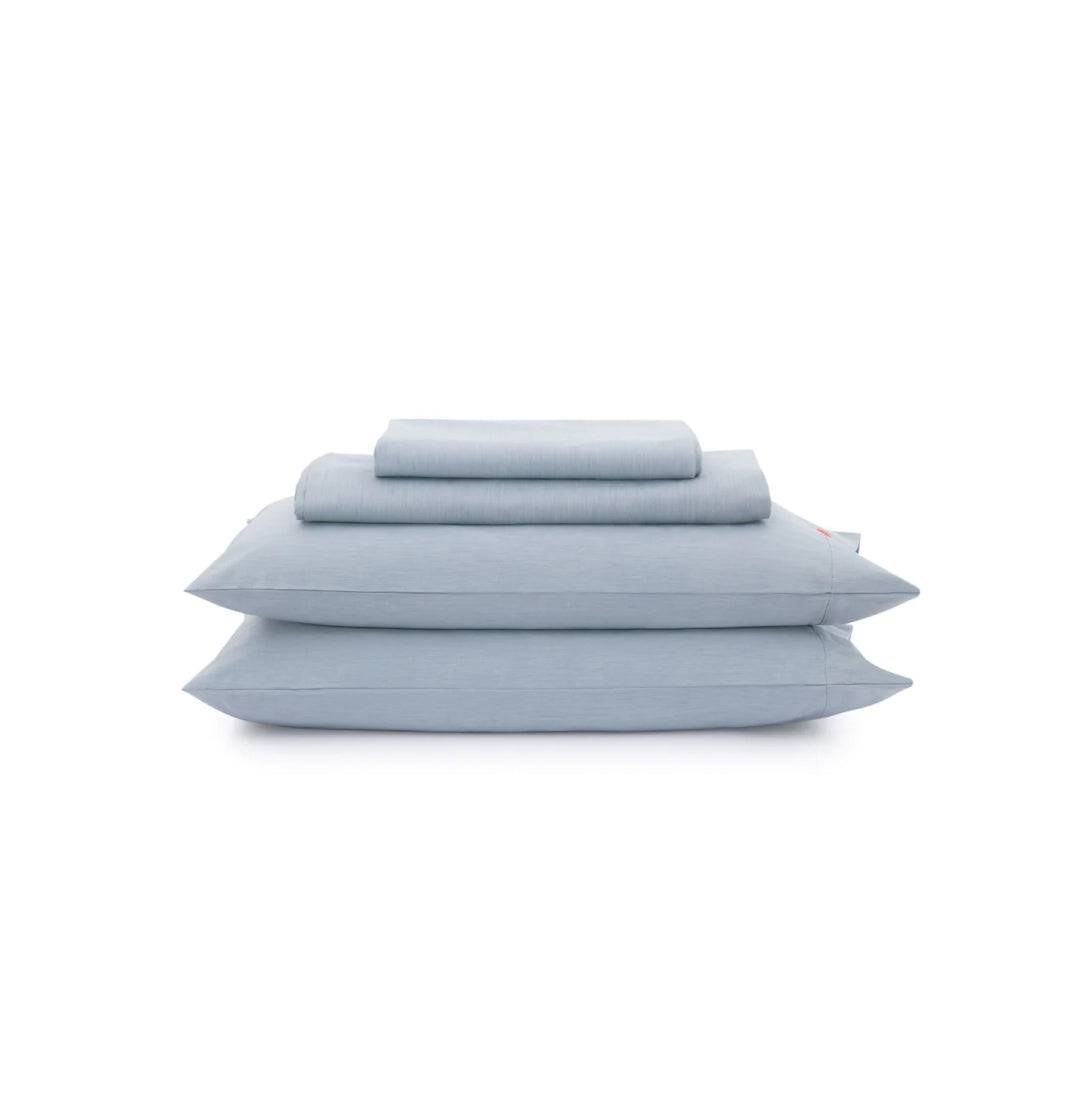


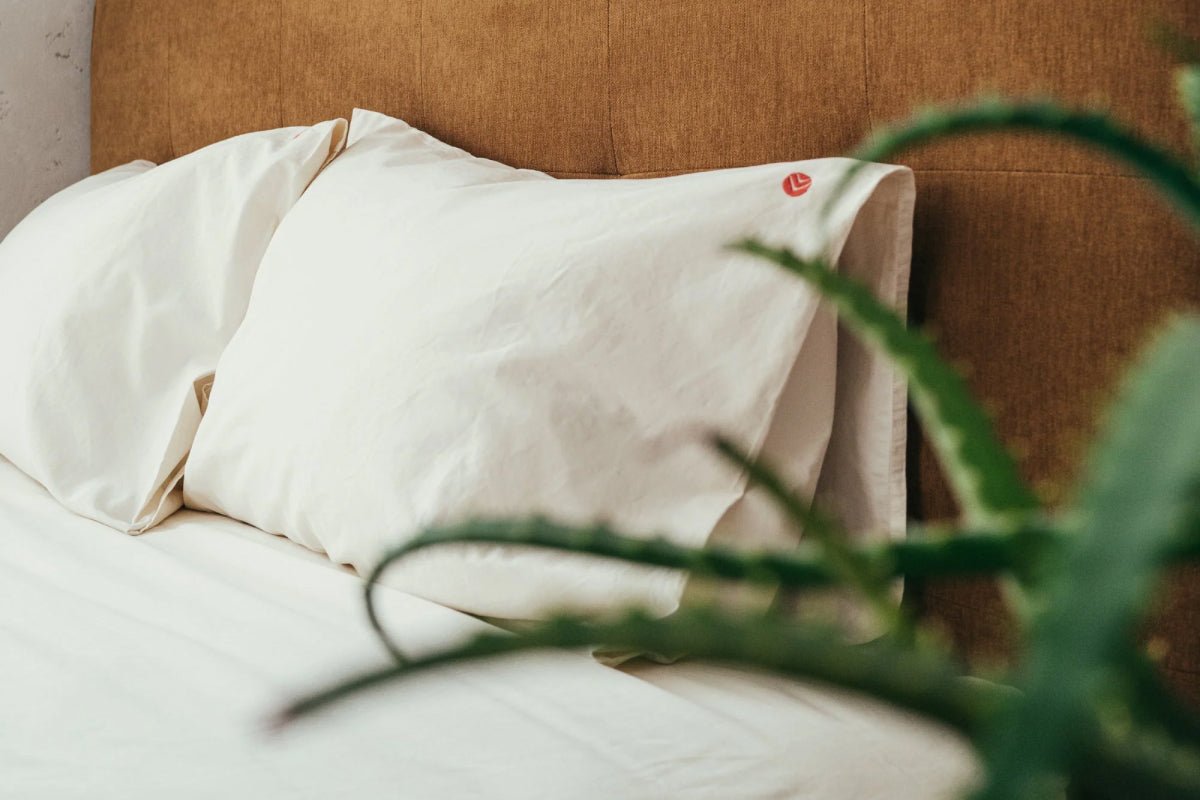 Bedding
Bedding
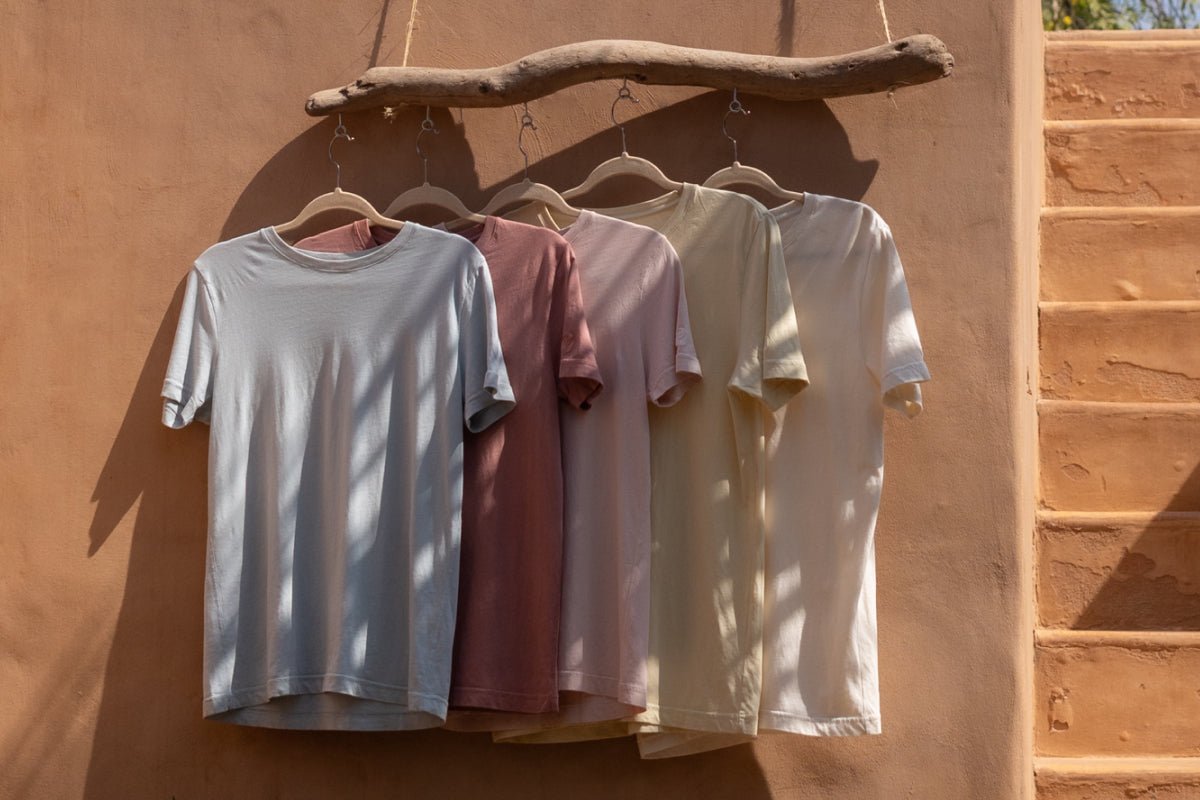 Clothing & Accessories
Clothing & Accessories
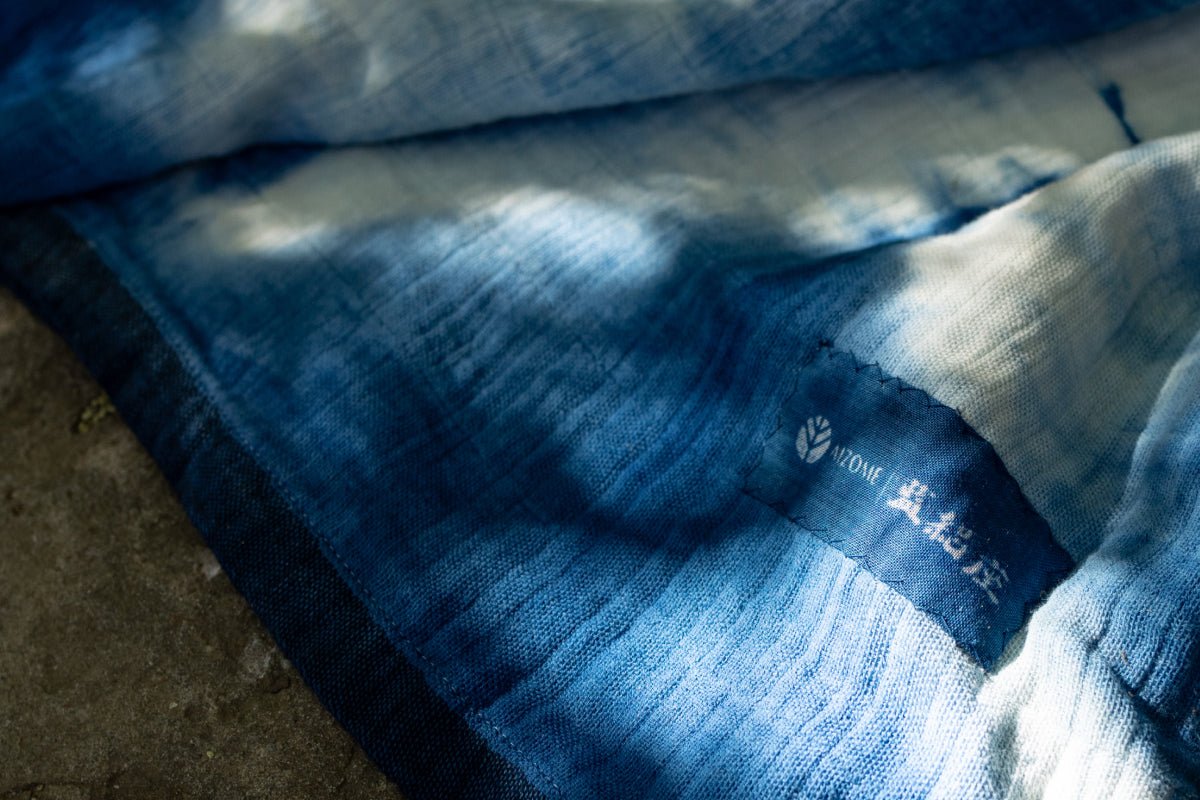 Artisan Line
Artisan Line
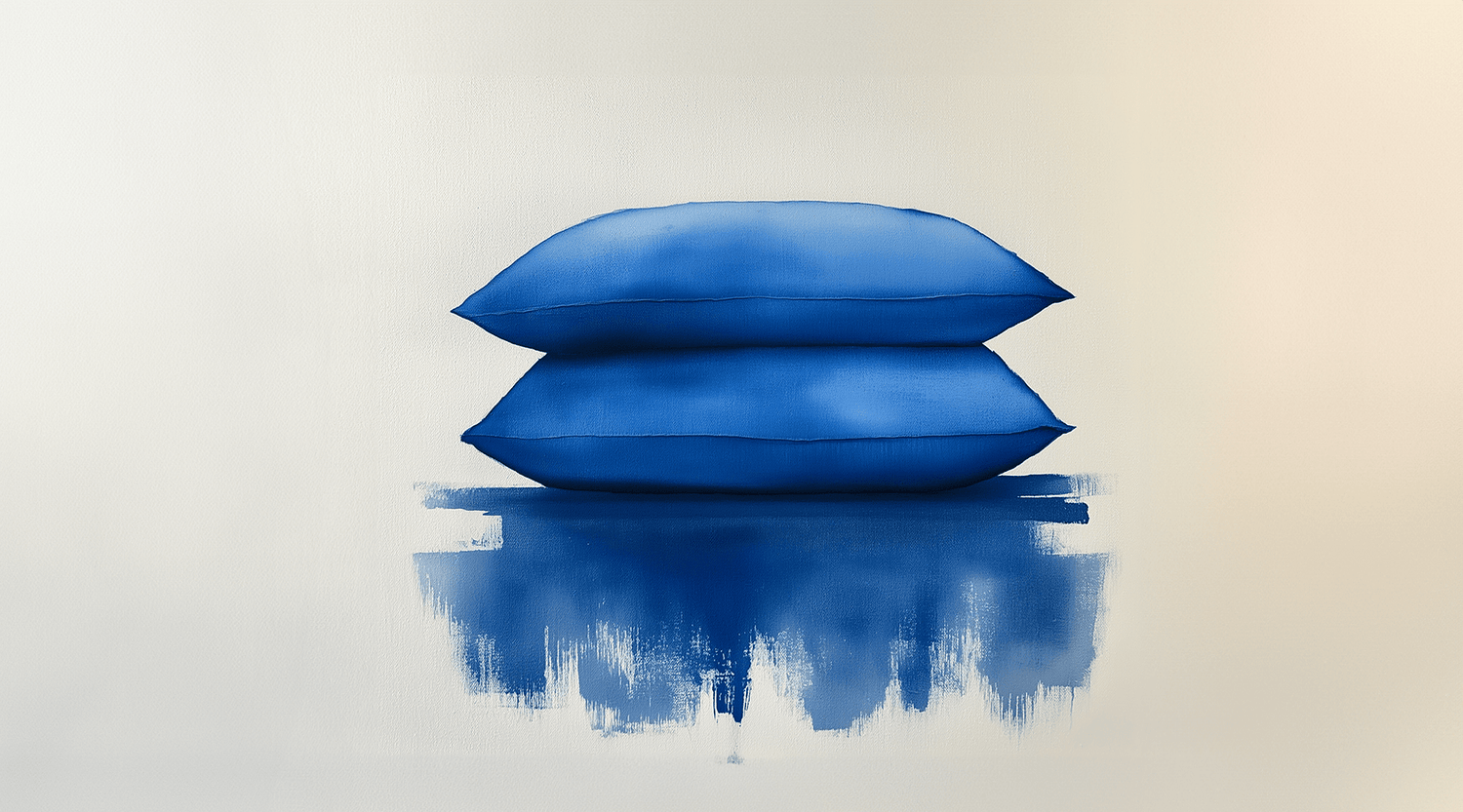


Leave a comment
All comments are moderated before being published.
This site is protected by hCaptcha and the hCaptcha Privacy Policy and Terms of Service apply.